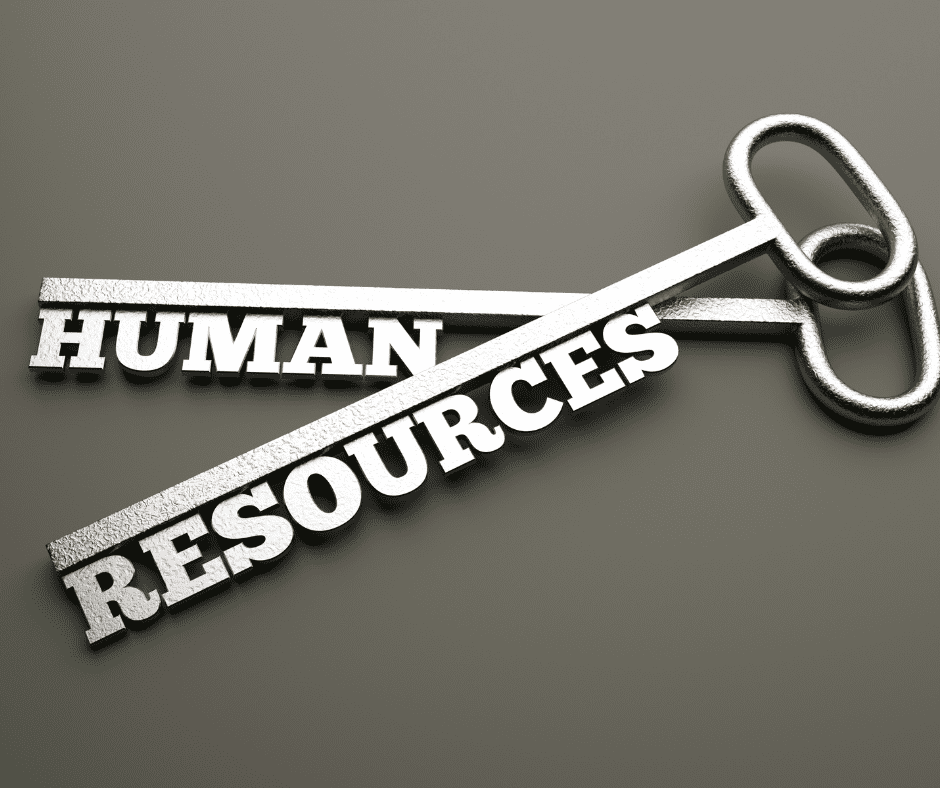When to Change an HR Policy
Human resources policies set the rules and guidelines for an organization’s workforce practices. These HR policies include:
- Workforce planning.
- Recruiting.
- Hiring.
- Training.
- Employee development.
- Compensation.
- Employee benefits.
- Performance management.
- Setting work schedules.
- Payroll.
- Employee relations.
- Health and safety.
- Organizational culture.
- HR technology.
- HR compliance.
- Employee retention.
Such policies provide the HR department with an operational framework and communicate workforce-related information to employees at all levels.
For best results, the policies must reflect current business requirements. But with so many policies to navigate, how can you tell when it’s time to revise your company’s policies? Following are four ways.
1. The governing law has changed
Most HR policies are tied to regulatory compliance — meaning that federal, state or local government requires the implementation, enforcement and maintenance of the policy. When the governing law changes, employers must make policy adjustments.
Oftentimes, the regulatory changes take effect at the start of the year. However, it’s not uncommon for some changes to happen midyear. Either way, HR professionals must remain on the lookout for regulatory developments and implement the policy changes by the required deadline.
These changes may pertain to minimum wage, overtime, paid sick leave, health and safety, equal pay, and more.
2. Problems with the current policy
If an existing policy is ill structured, it’s time to revisit and repair it.
For instance, deficiencies in these and other policies are likely to cause organizational problems:
- Bullying.
- Harassment.
- Discrimination.
- Code of conduct.
- Drug and alcohol use.
- Time off from work.
- Clocking in and out.
- Social media use.
- Performance evaluations.
- Disciplinary procedures.
If your code of conduct, for example, doesn’t say what constitutes unacceptable behavior at work, then you need to update it accordingly.
3. Organizational changes
Organizational changes can stem from external and internal sources.
For instance, the COVID-19 pandemic prompted many employers to go remote or to adopt hybrid work models. HR professionals for these employers had to establish appropriate remote or hybrid work policies.
Moreover, changes in the following organizational areas may prompt HR policy adjustments:
- Company mergers.
- Leadership hierarchy.
- Workforce management technology.
- Workplace communication.
- Workplace culture.
Economic growth and decline can spawn a number of organizational changes, including policies on promotions and layoffs. Your HR policies should address the relevant organizational changes.
4. A competent source recommends the change
If a qualified source suggests that you change an HR policy, then be sure to consider it. Such recommendations may come from department heads, industry consultants, or business partners, such as vendors and service providers.
HR should get expert legal advice to ensure proper application and communication of revised policies.
©2023
Sign up for PeepTek Solutions’ Newsletter



Leave a Reply